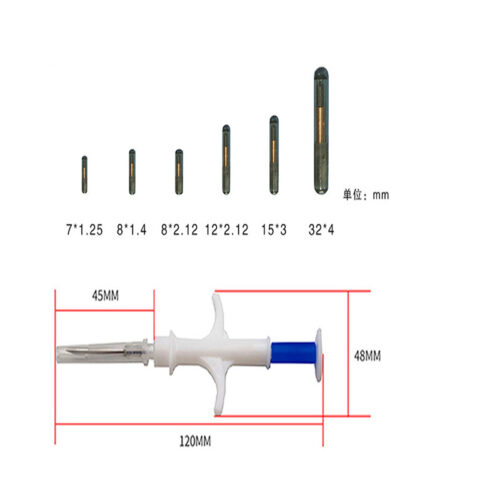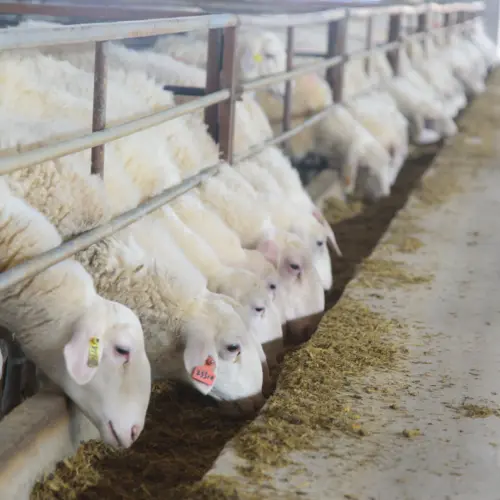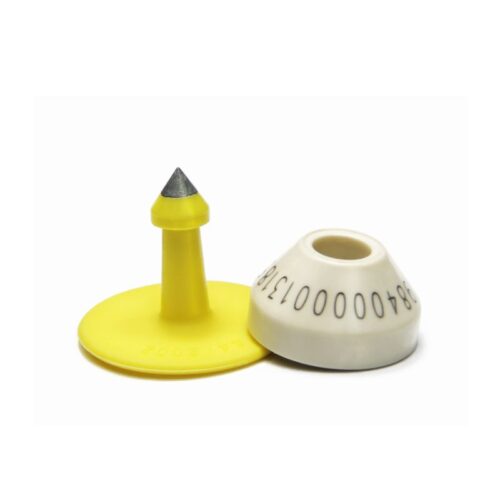Complete Guide to Ear Tags for Pigs: Essential Animal Identification Solutions
Modern pig farmers and swine producers need reliable identification systems to maintain efficient herd management and comply with animal disease traceability requirements. This comprehensive guide explores various Ear Tags for Pigs solutions that ensure proper livestock identification while prioritizing animal welfare and regulatory compliance.
Advanced Identification Systems and Compliance
The evolution of pig ear tags has brought forth sophisticated identification solutions:
| Tag Type | Primary Use | Compliance Level |
| Standard Visual | Daily Management | Basic |
| RFID Enabled | Electronic Tracking | Advanced |
| Official 840 Tags | Interstate Movement | USDA Approved |
| Management Tags | Internal Records | Optional |
Key benefits of modern identification systems include:
- Enhanced traceability within state and federal agencies
- Improved herd management capabilities
- Simplified compliance with regulations
- Better disease control measures
Professional Tag Selection and Application
Swine ear tags come in various formats to meet different needs:
- Blank hog tags for custom numbering
- Pre-printed identification numbers
- Electronic tags with RFID capabilities
- Color-coded options for visual sorting
The selection process should consider:
- Herd size and management style
- Regulatory requirements
- Budget constraints
- Specific tracking needs
Implementation and Management Strategies
Successful ear tag implementation requires attention to several key factors:
- Proper application technique
- Regular monitoring
- Accurate record keeping
- Replacement protocols
Best practices for tag management include:
- Clean application area
- Proper tool maintenance
- Regular tag inspection
- Prompt replacement of lost tags
For optimal results in breeding animals and sow management:
- Use appropriate tag sizes
- Implement color coding systems
- Maintain detailed records
- Follow proper sanitation protocols
The comprehensive tagging system provides:
- Immediate visual identification
- Electronic tracking capabilities
- Compliance with USDA requirements
- Enhanced food safety measures
Important considerations for implementation:
- Animal health protocols
- Worker safety procedures
- Record keeping systems
- Tag replacement strategies
When selecting an identification system, consider these factors:
- Durability of tags
- Ease of application
- Cost effectiveness
- Compliance requirements
Modern operations often combine traditional tags with electronic ear identification systems for:
- Real-time tracking
- Automated record keeping
- Enhanced security
- Improved efficiency
Professional support services include:
- Technical assistance
- Compliance guidance
- Application training
- Ongoing support
Remember that proper tag application and maintenance are essential for program success. Regular monitoring ensures system integrity and maintains compliance with regulatory requirements while supporting efficient herd management practices.
























